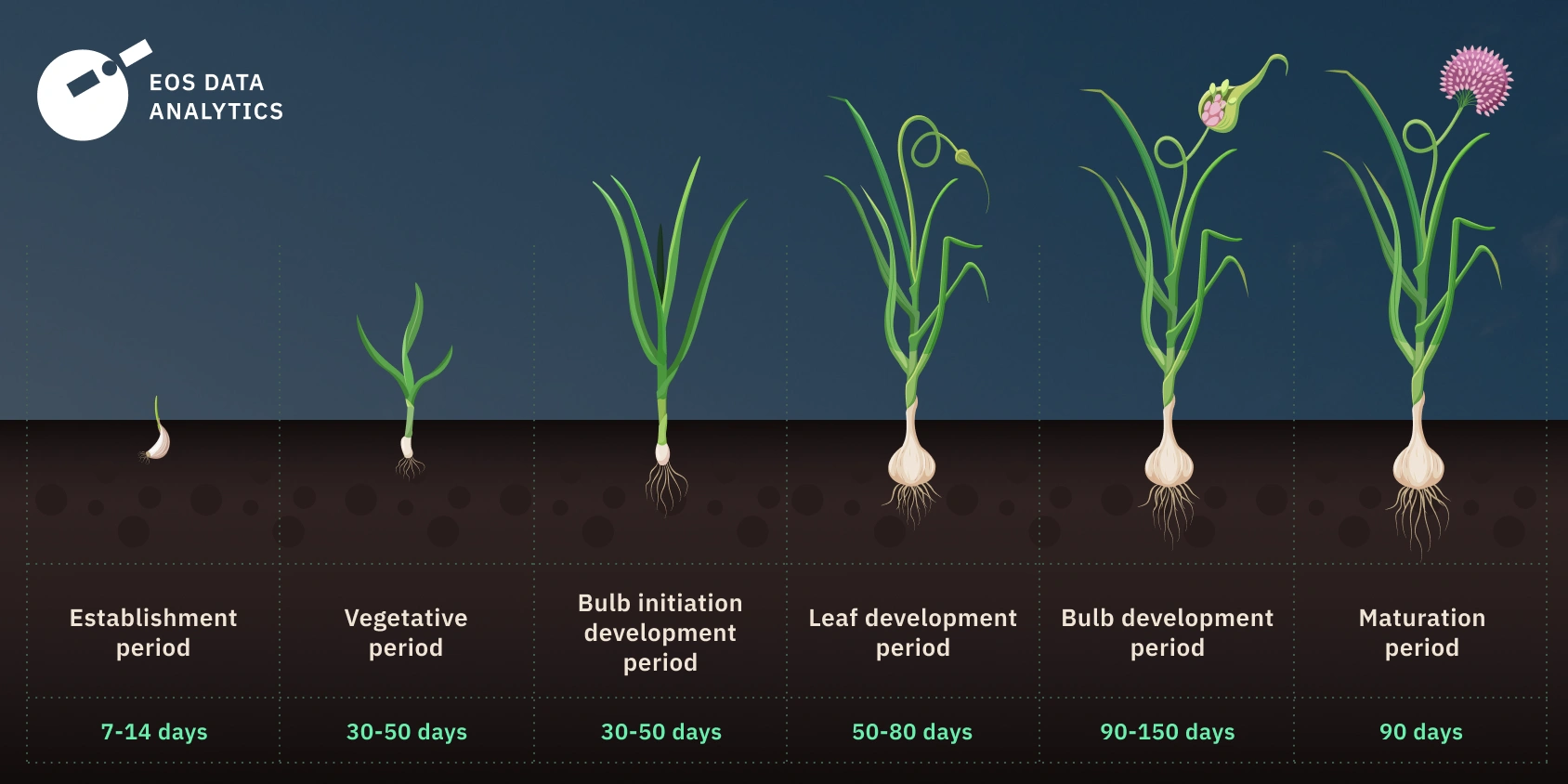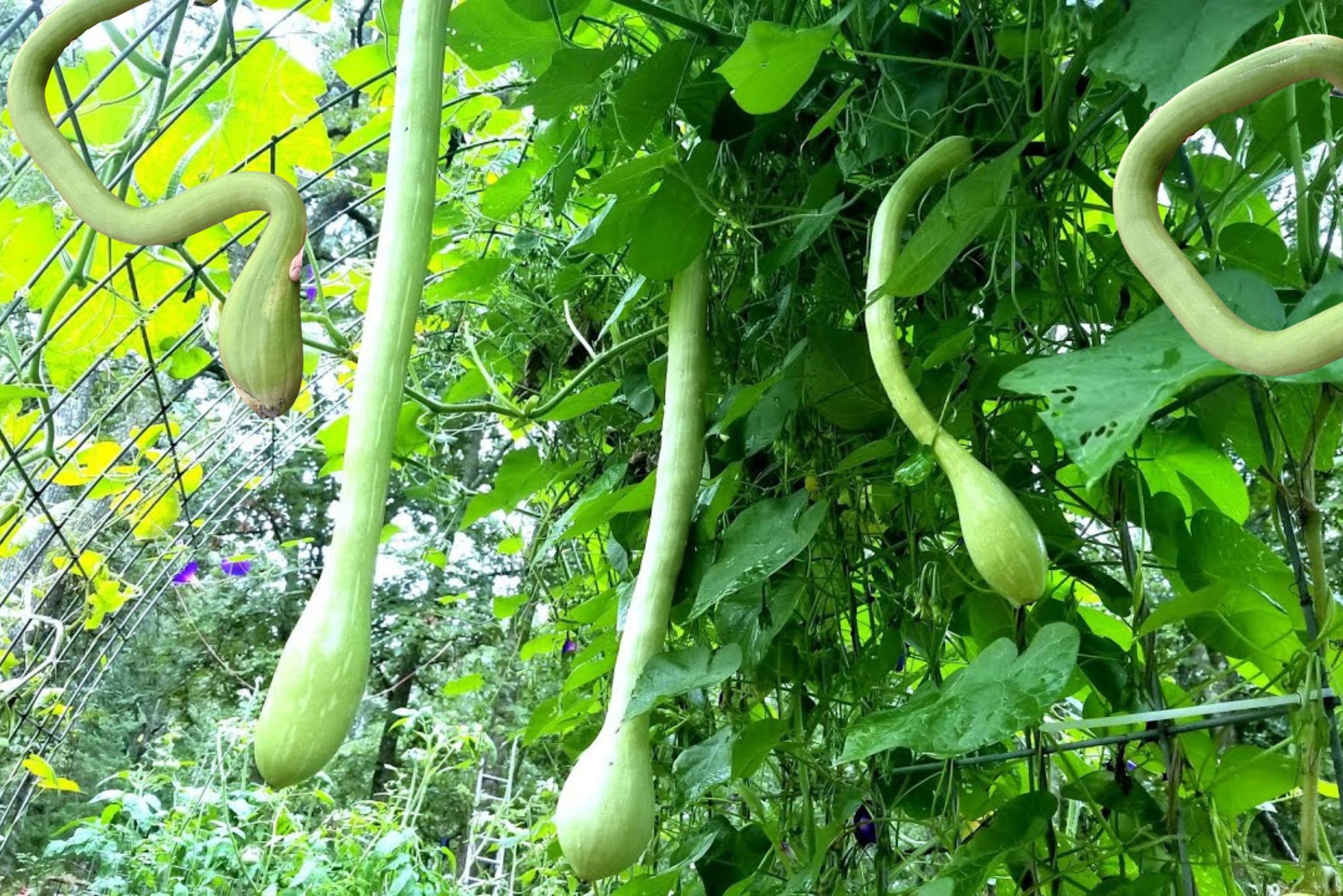Despite their ubiquitous presence in diets around the world, many people remain puzzled about the distinction between corn and maize. Essentially two sides of the same golden kernel, these terms reflect more than just a plant, encompassing a rich tapestry of cultural, nutritional, and industrial significance.
What Is the Difference Between Corn and Maize?
The terminology often leads to confusion, but the surprising difference between corn and maize is largely a linguistic one. In North America, ‘corn’ refers to the yellow ears we are familiar with, while ‘maize’ is the term generally used in a scientific context and by other English-speaking countries. Despite this, they are the same cereal grain, scientifically known as Zea mays.
Maize is a term that has its roots in the word ‘Mahiz,’ which comes from the indigenous Taino language of the Caribbean, meaning ‘source of life.’ This term reflects the crop’s origin and its deep historical significance. Corn, on the other hand, was a generic English term for any cereal crop.
The crop itself was domesticated in Mexico thousands of years ago and has since traveled and transformed into the plethora of varieties we see today.
How Is Maize Cultivated and Used?
Maize cultivation has spread globally due to its adaptability to different climates and soil types. Farmers grow it in rows, taking advantage of modern agricultural techniques to maximize yield.
- Seeds are sown following the last frost of the year, requiring warm soil to germinate properly.
- It needs significant amounts of water and sunlight during the growing season.
- Harvesting occurs when the kernels are hard and the husks are dry, typically in the autumn.
Maize is versatile, used for food, animal fodder, and as a raw material in the production of biofuels, particularly ethanol. Its industrial applications are vast, ranging from the manufacture of plastics and fabrics to the creation of adhesives and pharmaceuticals.
What Are the Nutritional Benefits of Corn?
Corn is not just a staple crop but a powerhouse of nutrition. It serves as a significant source of carbohydrates, providing the energy needed for daily activities. It also contains essential vitamins and minerals such as Vitamin B groups, magnesium, and phosphorus.
Nutritional benefits of corn and maize include antioxidant properties thanks to the presence of carotenoids like lutein and zeaxanthin, which are beneficial for eye health. Moreover, its fiber content aids in digestion and the prevention of constipation.
Despite these benefits, the nutritional profile can vary significantly between different types of corn, such as sweet corn consumed directly and field corn used primarily for processing.
Why Is Corn Called Maize In Some Regions?
In certain parts of the world, the term ‘maize’ is preferred due to historical and linguistic developments. While ‘corn’ was a general term for grain in Old English, with the colonization of the Americas, the term began to be associated specifically with the native crop of the New World.
In countries outside North America, especially those with multiple staple grains, ‘maize’ became the common term to avoid confusion. Interestingly, in the USA, ‘maize’ is also used in academic and international contexts.
Thus, the term a person uses can often indicate not only where they are from but also the context in which they are speaking—be it casual, culinary, or scientific.
What Are the Historical Contexts of Maize and Corn?
Maize has an ancient lineage, deeply entwined with the civilizations of the Americas. The Aztecs and Mayans cultivated it, and it was not just a food source but a cultural symbol.
With the arrival of Europeans in the Americas, maize quickly spread across the globe, becoming a staple in places as diverse as Africa and Asia. In many countries, it adapted and became an integral part of local cuisines and agricultural practices.
The word ‘corn’ in Europe once referred to the most common local cereal; for example, in England, it was wheat, while in Scotland, it was oats. However, with the global spread of maize, ‘corn’ became synonymous with this particular cereal grain.
The cultural significance of corn and maize is extensive, with festivals and myths surrounding its harvest and use. It’s not just a crop but a symbol of life and sustenance in many cultures.
How Do Maize And Corn Differ In Industrial Uses?
Maize’s role in industry is diverse, stemming from its properties and the variety of its by-products. Corn is processed into cornstarch, which is used in foods, adhesives, and paper products, while corn syrup is a ubiquitous sweetener.
The production of ethanol, a biofuel derived from corn, has become increasingly significant, transforming the agricultural landscape by incentivising the cultivation of maize specifically for energy rather than food.
The industrial applications of maize and corn also include its use as a raw material for bioplastics, offering an environmentally friendly alternative to petroleum-based plastics. This use of corn is significant in the context of sustainability and the search for renewable resources.
Frequently Asked Questions About Corn and Maize
How Does Maize Differ From Corn?
Although maize and corn are the same plant, the distinction often comes down to usage and language. In the USA, ‘corn’ is what you might purchase at a grocery store or serve at a meal, whereas ‘maize’ is used more formally, such as in scientific research or when discussing the crop in a global context.
Another difference can be in the type of crop referred to: sweet corn is typically the corn eaten directly, while maize might refer to the commodity crop used across various industries.
Why Do People Say Maize Instead of Corn?
‘Maize’ is often used to refer to the crop in international and scientific discourse. The term helps to avoid confusion with the generic use of ‘corn’ in historical European contexts, where it referred to the most prevalent local grain.
In modern times, the preference for ‘maize’ outside of the Americas is a nod to the crop’s historical origins and recognizes its global importance.
How to Tell Corn From Maize?
When faced with the terms ‘corn’ and ‘maize,’ it’s essential to consider the context. In a North American supermarket, corn will be the kernels or cobs you eat. In a scientific paper or when speaking with someone from outside North America, ‘maize’ will likely refer to the same product.
Visually and biologically, there is no difference between corn and maize—it’s simply a matter of terminology.
What Is Maize Called in the USA?
In the USA, maize is commonly called ‘corn.’ This term is used when referring to the edible kernels themselves, as well as the plant as a whole when it’s intended for food. ‘Maize’ is occasionally used in a formal or scientific setting within the US.
Understanding the cultural and functional nuances of these terms can help clarify discussions and literature about this essential global crop.
As we explore the surprising difference between corn and maize, we also uncover a video that sheds light on the topic. Let’s take a moment to watch and learn more about the fascinating world of this staple crop.
In conclusion, whether we call it corn or maize, this grain plays a critical role in our diets, economies, and industries across the globe. Understanding the differences and similarities between these terms is more than an academic exercise; it’s a journey through history, culture, and the science of one of the world’s most significant crops.





